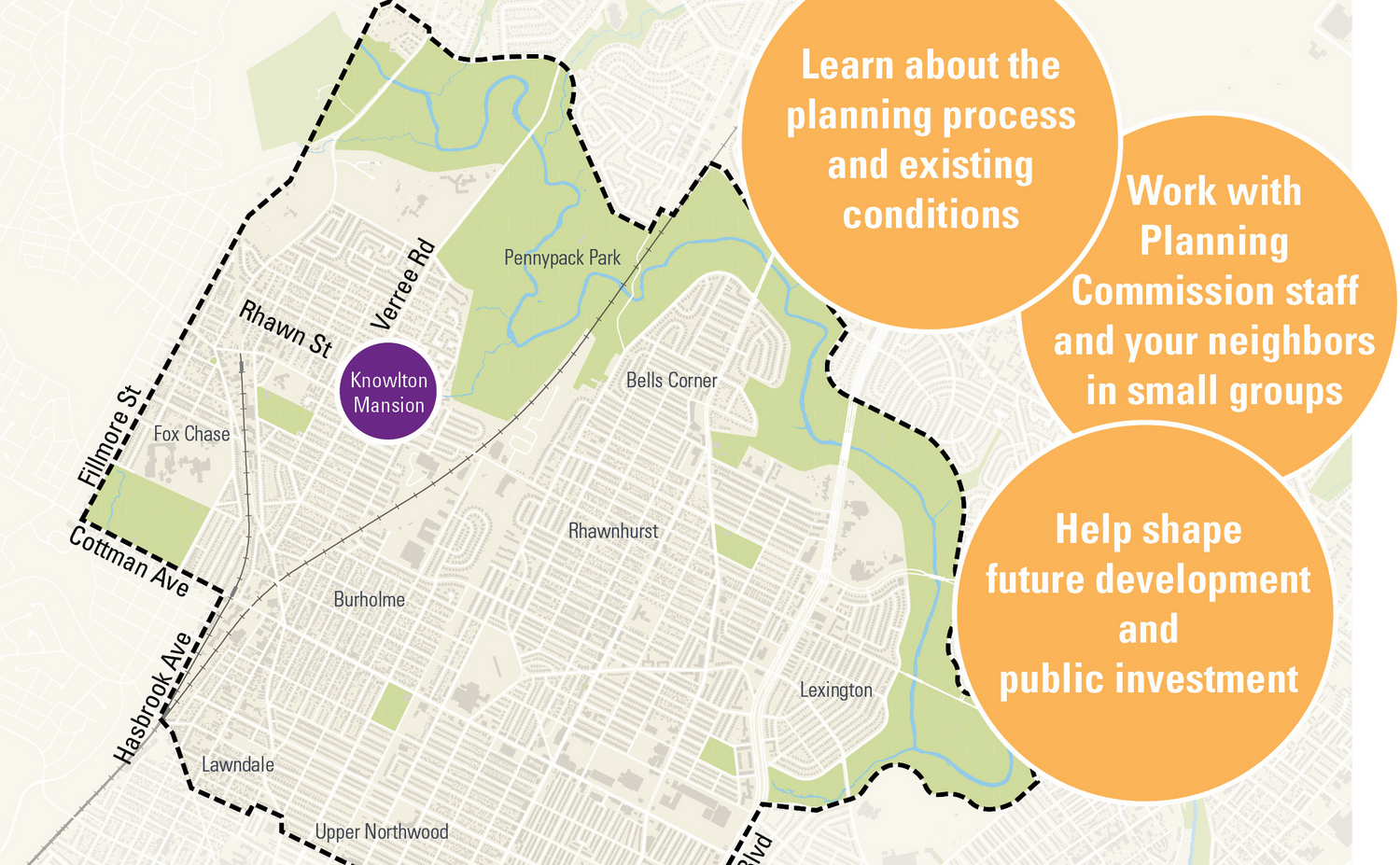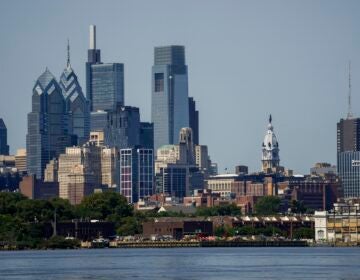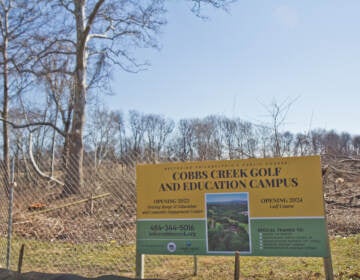Central Northeast: Lots of immigrants, transportation needs

The neighborhoods of Central Northeast Philadelphia have a growing population and twice as many immigrants as the city average, planner Michael Thompson told the Philadelphia City Planning Commission Tuesday during a status update on the district’s comprehensive plan.
His presentation focused largely on current conditions in the district, which includes Fox Chase, Burholme, Rhawnhurst, Lexington, Bells Corner, and the northern portions of Lawndale, Upper Northwood and Castor Gardens.
More than 78,266 people live in the district – up 8 percent since 1980. Not only is the population growing, he said, it is getting younger: The median age has decreased by five years since 1980.
Nearly 22 percent of district residents were not born in the United States, Thompson said.
“The Central Northeast District is a melting pot, with a rich, cultural mix of attractions, as indicated through the vigorous range of culturally oriented retail stores found in neighborhood corridors: West Indian, Chinese, Brazilian, Russian, Latino, Ukranian, just to name a few.”
PCPC Chairman and Deputy Mayor Alan Greenberger suggested that planners find out whether the children of immigrants also choose to live in the Central Northeast. “We have the ability to make an educated guess…on whether they stay for more than a generation,” he said. Future community needs would be shaped in part by the answer, he said.
While the district has employment centers within it, many people commute elsewhere for work each day. The district has 17,468 jobs, with 28 percent of them in health care. But a full third of residents – about 26,000 people – commute out of the district each day for work, Thompson said. Another 15,600 people travel into the district for work.
The sheer number of people leaving the district for work each day caught Greenberger’s ear. “That’s almost every head of household commuting to work,” he noted.
“It would be interesting to know…what zip codes they are commuting to and how they are doing it,” he said. Greenberger wondered if they were commuting to Center City or to the suburbs.
City-wide, 60 percent of people primarily drive to work, Thompson said in his report. In the district, that number jumps to 80 percent. And while 26 percent of city residents use public transportation, just 15 percent do within the district. Future needs include more public transportation options, and more transit-oriented development centered on public transit routes.
The Delaware Valley Regional Planning Commission is currently doing a study to recommend mass transit along Roosevelt Boulevard, Thompson said.
The district has 17 commercial corridors, but a lack of mixed-use development has created night-time “dead zones,” Thompson said. Some shopping centers need to be revitalized.
The area’s landmarks include Pennypack Park, which runs along Pennypack Creek and is a big reason why more than 30 percent of the land use in the district is park or open space. Still, the central portion of the district lacks good access to open space, he said. The biggest land use category is residential, Thompson said, and the great preponderance of that is low-density.
Thompson said his PCPC presentation was similar to one he gave to the about 60 residents who took part in the initial community meeting on the plan earlier this month. Planners also solicited ideas and feedback from residents, which will be incorporated into the plan.
The next public session will take place Sept. 10.
WHYY is your source for fact-based, in-depth journalism and information. As a nonprofit organization, we rely on financial support from readers like you. Please give today.





